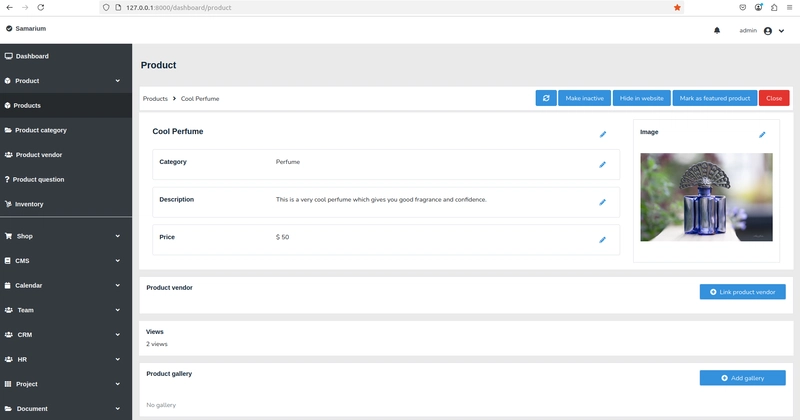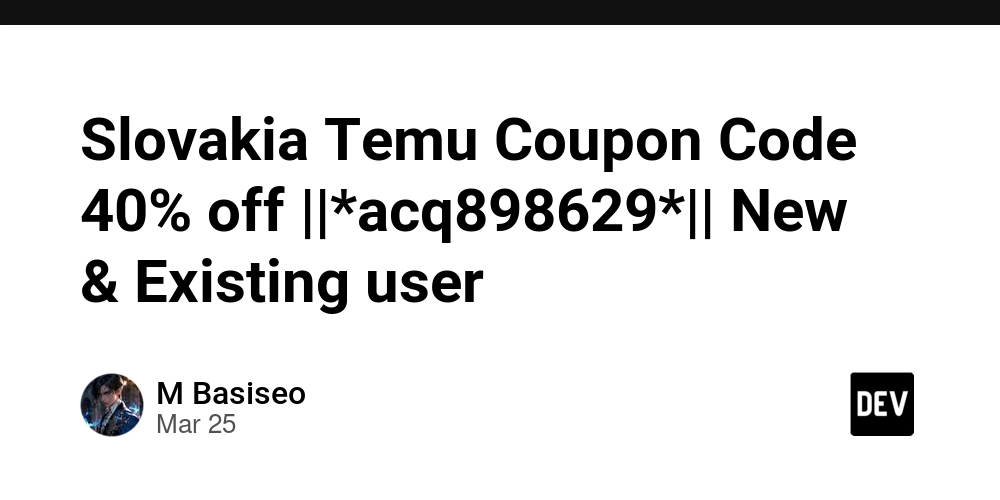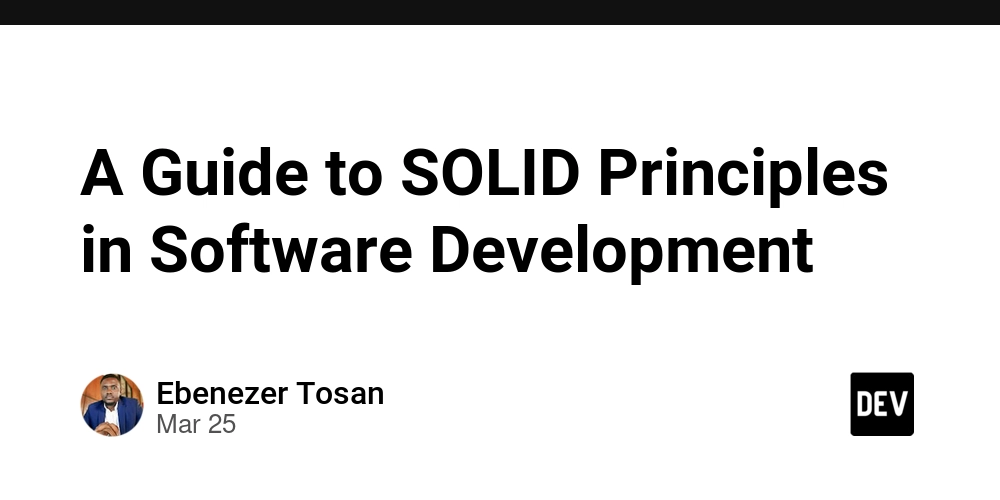Arbitrum Simplified: Understanding Its Technical Edge in the L2 Ecosystem
Introduction Ethereum's promise of a decentralized world computer has been hampered by a persistent challenge: scaling. As transaction volume grows, gas fees skyrocket, often making even basic interactions prohibitively expensive for average users. A $20 NFT mint might require $45 in gas fees, while a simple token swap could cost upwards of $30 during network congestion. These limitations have birthed an entire ecosystem of Layer 2 (L2) solutions - with Arbitrum emerging as the frontrunner. Arbitrum, developed by Offchain Labs, represents a sophisticated approach to Ethereum scaling that preserves what matters most: security and decentralization. By leveraging "optimistic rollup" technology, Arbitrum processes transactions off-chain, bundles them efficiently, and submits them to Ethereum's mainnet as compressed proofs. This architecture delivers the holy grail of blockchain scaling - drastically reduced fees and increased throughput without compromising on security fundamentals. For developers and users alike, Arbitrum isn't just another scaling solution; it's an ecosystem that's redefining what's possible on Ethereum. As of March 2025, it stands as Ethereum's leading L2, with technical innovations that continue to widen the gap between it and competitors. Let's explore what makes Arbitrum's approach so compelling. Evolution and Key Milestones Arbitrum's journey began with its flagship product, Arbitrum One, launching in August 2021 after years of careful research and development. The platform hit the ground running, quickly attracting developers and users seeking relief from Ethereum's congestion. This was followed by Arbitrum Nova in 2022, a sister chain specifically optimized for high-volume, cost-sensitive applications like gaming and social platforms. March 23, 2023 marked another watershed moment with the launch of ARB, Arbitrum's native governance token, transitioning the protocol toward greater decentralization and community control. This move sparked tremendous growth, cementing Arbitrum's position in the L2 ecosystem. The numbers tell a compelling story of Arbitrum's dominance: Over 34 million transactions processed, demonstrating real-world adoption More than 400 decentralized applications deployed, including industry leaders like Uniswap, GMX, and Camelot Consistently ranking in the top five for Total Value Locked (TVL) across all of crypto Backing from premier investors including Lightspeed Venture Partners and Coinbase Ventures A valuation of $1.2 billion for parent company Offchain Labs following their 2021 funding round These milestones reflect not just early success but sustained growth and development in a highly competitive landscape. Technical Architecture: Why Optimistic Rollups Excel At Arbitrum's core lies its optimistic rollup architecture, but what makes this approach superior to alternatives like ZK-rollups or sidechains? The answer lies in a carefully balanced trade-off between performance, compatibility, and security. Optimistic rollups operate under a simple yet powerful premise: transactions are assumed valid by default (hence "optimistic") but can be challenged during a dispute period if fraud is detected. This approach offers several advantages: EVM Compatibility: Arbitrum achieves near-complete compatibility with Ethereum's Virtual Machine, allowing developers to port existing Ethereum applications with minimal modifications. This drastically reduces the learning curve and development overhead compared to other scaling solutions. The Nitro Stack: Arbitrum's Nitro technology represents a significant advancement in the optimistic rollup design. Launched in 2022, Nitro introduced advanced data compression techniques and native support for the WASM (WebAssembly) execution environment. This upgrade boosted performance by an order of magnitude while further enhancing EVM compatibility. Security Model: Unlike sidechains that rely on their own validator sets, Arbitrum inherits Ethereum's security guarantees. All transaction data is posted to Ethereum, ensuring that even if Arbitrum's sequencers were compromised, users could still recover their funds directly from Ethereum. AnyTrust Technology: For specific use cases requiring even lower costs, Arbitrum Nova implements AnyTrust - a variation that requires only minimal trust assumptions to further reduce fees while maintaining adequate security for many applications. Stylus Integration: The March 2025 launch of Stylus on mainnet represents perhaps the most significant technical leap forward. Stylus allows developers to write smart contracts in languages like Rust and C++ alongside traditional Solidity. This isn't merely about language preference - Rust contracts on Stylus can reduce execution costs by 10-100x, opening entirely new computational possibilities. This technical foundation delivers tangible benefits: transactions that might cost $45 on Ethereum mainnet typically cost just $2-
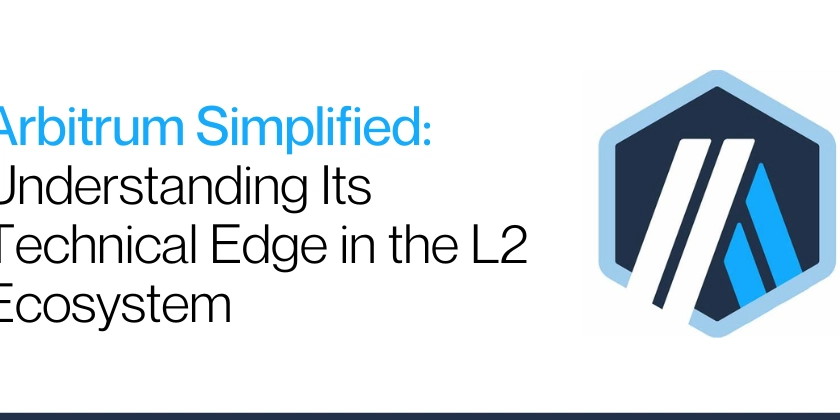
Introduction
Ethereum's promise of a decentralized world computer has been hampered by a persistent challenge: scaling. As transaction volume grows, gas fees skyrocket, often making even basic interactions prohibitively expensive for average users. A $20 NFT mint might require $45 in gas fees, while a simple token swap could cost upwards of $30 during network congestion. These limitations have birthed an entire ecosystem of Layer 2 (L2) solutions - with Arbitrum emerging as the frontrunner.
Arbitrum, developed by Offchain Labs, represents a sophisticated approach to Ethereum scaling that preserves what matters most: security and decentralization. By leveraging "optimistic rollup" technology, Arbitrum processes transactions off-chain, bundles them efficiently, and submits them to Ethereum's mainnet as compressed proofs. This architecture delivers the holy grail of blockchain scaling - drastically reduced fees and increased throughput without compromising on security fundamentals.
For developers and users alike, Arbitrum isn't just another scaling solution; it's an ecosystem that's redefining what's possible on Ethereum. As of March 2025, it stands as Ethereum's leading L2, with technical innovations that continue to widen the gap between it and competitors. Let's explore what makes Arbitrum's approach so compelling.
Evolution and Key Milestones
Arbitrum's journey began with its flagship product, Arbitrum One, launching in August 2021 after years of careful research and development. The platform hit the ground running, quickly attracting developers and users seeking relief from Ethereum's congestion. This was followed by Arbitrum Nova in 2022, a sister chain specifically optimized for high-volume, cost-sensitive applications like gaming and social platforms.
March 23, 2023 marked another watershed moment with the launch of ARB, Arbitrum's native governance token, transitioning the protocol toward greater decentralization and community control. This move sparked tremendous growth, cementing Arbitrum's position in the L2 ecosystem.
The numbers tell a compelling story of Arbitrum's dominance:
- Over 34 million transactions processed, demonstrating real-world adoption
- More than 400 decentralized applications deployed, including industry leaders like Uniswap, GMX, and Camelot
- Consistently ranking in the top five for Total Value Locked (TVL) across all of crypto
- Backing from premier investors including Lightspeed Venture Partners and Coinbase Ventures
- A valuation of $1.2 billion for parent company Offchain Labs following their 2021 funding round
These milestones reflect not just early success but sustained growth and development in a highly competitive landscape.
Technical Architecture: Why Optimistic Rollups Excel
At Arbitrum's core lies its optimistic rollup architecture, but what makes this approach superior to alternatives like ZK-rollups or sidechains? The answer lies in a carefully balanced trade-off between performance, compatibility, and security.
Optimistic rollups operate under a simple yet powerful premise: transactions are assumed valid by default (hence "optimistic") but can be challenged during a dispute period if fraud is detected. This approach offers several advantages:
EVM Compatibility: Arbitrum achieves near-complete compatibility with Ethereum's Virtual Machine, allowing developers to port existing Ethereum applications with minimal modifications. This drastically reduces the learning curve and development overhead compared to other scaling solutions.
The Nitro Stack: Arbitrum's Nitro technology represents a significant advancement in the optimistic rollup design. Launched in 2022, Nitro introduced advanced data compression techniques and native support for the WASM (WebAssembly) execution environment. This upgrade boosted performance by an order of magnitude while further enhancing EVM compatibility.
Security Model: Unlike sidechains that rely on their own validator sets, Arbitrum inherits Ethereum's security guarantees. All transaction data is posted to Ethereum, ensuring that even if Arbitrum's sequencers were compromised, users could still recover their funds directly from Ethereum.
AnyTrust Technology: For specific use cases requiring even lower costs, Arbitrum Nova implements AnyTrust - a variation that requires only minimal trust assumptions to further reduce fees while maintaining adequate security for many applications.
Stylus Integration: The March 2025 launch of Stylus on mainnet represents perhaps the most significant technical leap forward. Stylus allows developers to write smart contracts in languages like Rust and C++ alongside traditional Solidity. This isn't merely about language preference - Rust contracts on Stylus can reduce execution costs by 10-100x, opening entirely new computational possibilities.
This technical foundation delivers tangible benefits: transactions that might cost $45 on Ethereum mainnet typically cost just $2-3 on Arbitrum, while throughput increases from Ethereum's ~15 transactions per second to hundreds or even thousands per second on Arbitrum.
Ecosystem Depth: Beyond Raw Numbers
While technical specifications matter, Arbitrum's true strength lies in its flourishing ecosystem. The platform has crossed the critical threshold where network effects begin to compound, creating a virtuous cycle of growth.
With over 400 decentralized applications spanning DeFi, gaming, social, and infrastructure, Arbitrum provides developers with immediate access to liquidity and users. For new projects, this means avoiding the "cold start" problem that plagues less developed chains.
Major DeFi protocols have made Arbitrum their primary L2 home, including:
- Uniswap, the leading decentralized exchange
- GMX, an innovative derivatives trading platform
- Camelot, a DEX built specifically for Arbitrum
- Protocols like Aave, Curve, and Balancer, forming the backbone of DeFi infrastructure
This DeFi ecosystem reached a new milestone in March 2025 with the launch of the Arbitrum DeFi Index by CryptexFinance, bundling blue-chip Arbitrum protocols into a single investable product - a sign of ecosystem maturity typically seen only on Ethereum mainnet until now.
Beyond DeFi, Arbitrum Nova has emerged as a leading platform for blockchain gaming and social applications. With 15 million monthly transactions, Nova demonstrates Arbitrum's versatility in supporting diverse application types with tailored infrastructure.
Specialization Through Orbit: Custom L2/L3 Chains
Perhaps Arbitrum's most forward-thinking innovation is Orbit, a framework allowing developers to launch custom L2 or L3 chains tailored to specific application requirements. Rather than forcing all applications to share the same execution environment, Orbit enables a customizable approach to blockchain infrastructure.
Teams building on Orbit can optimize for their unique needs:
- Trading applications can prioritize low latency
- Gaming platforms can optimize for high throughput of small transactions
- Privacy-focused applications can implement specialized features
- Token-based projects can create custom economic models
Unlike isolated chains, Orbit chains remain connected to the broader Ethereum ecosystem through Arbitrum, inheriting its security model while gaining unprecedented flexibility. This represents a paradigm shift in how developers approach blockchain architecture - custom chains without sacrificing ecosystem connectivity.
Organizational Support and Vision
Behind Arbitrum's technical achievements stands a strong organizational foundation. Offchain Labs, led by a team of computer science experts from Princeton University, has consistently delivered on their technical roadmap while adapting to ecosystem needs.
The transition to the Arbitrum DAO in 2023 began decentralizing governance while maintaining technical innovation. Recent hiring announcements, including a new Head of Tech at the Arbitrum Foundation and open positions for data and DevRel engineers, signal ongoing investment in growth and developer experience.
The foundation provides crucial support through:
- Comprehensive documentation and educational resources
- Responsive developer support channels
- Grant programs funding ecosystem development
- Regular technical workshops and hackathons
Looking forward, Arbitrum has signaled exploration of AI integration (teased in November 2024), suggesting a forward-thinking approach that continues pushing blockchain capabilities into new domains. While details remain limited, this initiative positions Arbitrum at the intersection of two transformative technologies.
Roadmap: Building for Long-Term Dominance
Arbitrum's roadmap focuses on three core areas:
- Increasing Decentralization: Expanding validator sets and reducing trust assumptions in Arbitrum's sequencers and validators
- Technical Innovation: Continuing to enhance the Nitro stack, reducing latency, and improving developer tooling
- Ecosystem Expansion: Supporting new application types and use cases while growing the developer community
The combination of Arbitrum's battle-tested technology, thriving ecosystem, and clear organizational vision has created a platform that doesn't just solve today's scaling challenges but anticipates tomorrow's requirements. For developers planning long-term projects, this forward-looking approach provides crucial confidence.
Conclusion
Arbitrum's dominance in the L2 space isn't accidental—it's the result of deliberate technical choices, ecosystem development, and developer-centric thinking. From its optimistic rollup foundation to cutting-edge innovations like Stylus and Orbit, Arbitrum offers a comprehensive scaling solution that competitors struggle to match.
For developers navigating Ethereum's scaling landscape, Arbitrum provides not just incremental improvements but transformative capabilities that enable entirely new categories of applications. As the Ethereum ecosystem continues evolving, Arbitrum has positioned itself not just as a scaling solution but as an innovation platform where the next generation of blockchain applications is being built.
The future of Ethereum scaling is multi-layered, and Arbitrum stands as the proven leader in this new paradigm. The question for developers is no longer whether to build on an L2, but which L2 best supports their vision. Increasingly, the answer is Arbitrum.
References:










































































































































































![[The AI Show Episode 142]: ChatGPT’s New Image Generator, Studio Ghibli Craze and Backlash, Gemini 2.5, OpenAI Academy, 4o Updates, Vibe Marketing & xAI Acquires X](https://www.marketingaiinstitute.com/hubfs/ep%20142%20cover.png)
















































































































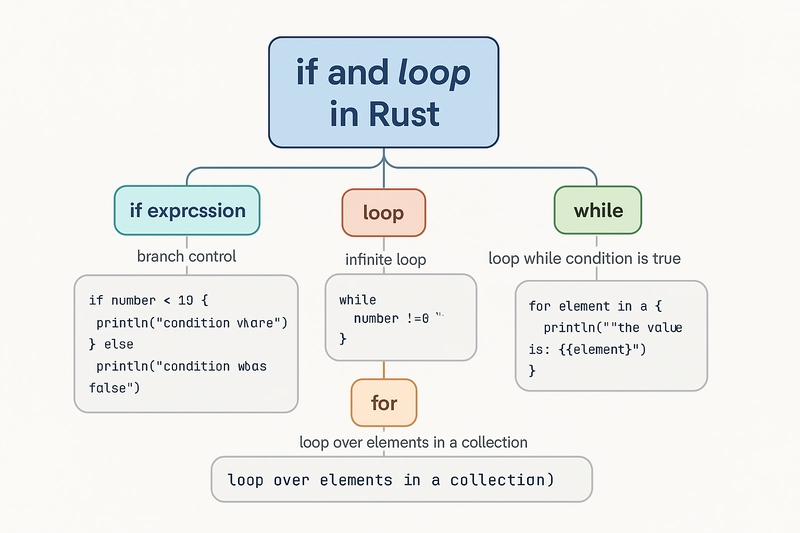









![[DEALS] The Premium Learn to Code Certification Bundle (97% off) & Other Deals Up To 98% Off – Offers End Soon!](https://www.javacodegeeks.com/wp-content/uploads/2012/12/jcg-logo.jpg)


![From drop-out to software architect with Jason Lengstorf [Podcast #167]](https://cdn.hashnode.com/res/hashnode/image/upload/v1743796461357/f3d19cd7-e6f5-4d7c-8bfc-eb974bc8da68.png?#)








































































































.png?#)


































_Christophe_Coat_Alamy.jpg?#)
 (1).webp?#)






































































































![iPhone 17 Pro Won't Feature Two-Toned Back [Gurman]](https://www.iclarified.com/images/news/96944/96944/96944-640.jpg)
![Tariffs Threaten Apple's $999 iPhone Price Point in the U.S. [Gurman]](https://www.iclarified.com/images/news/96943/96943/96943-640.jpg)


































































































































